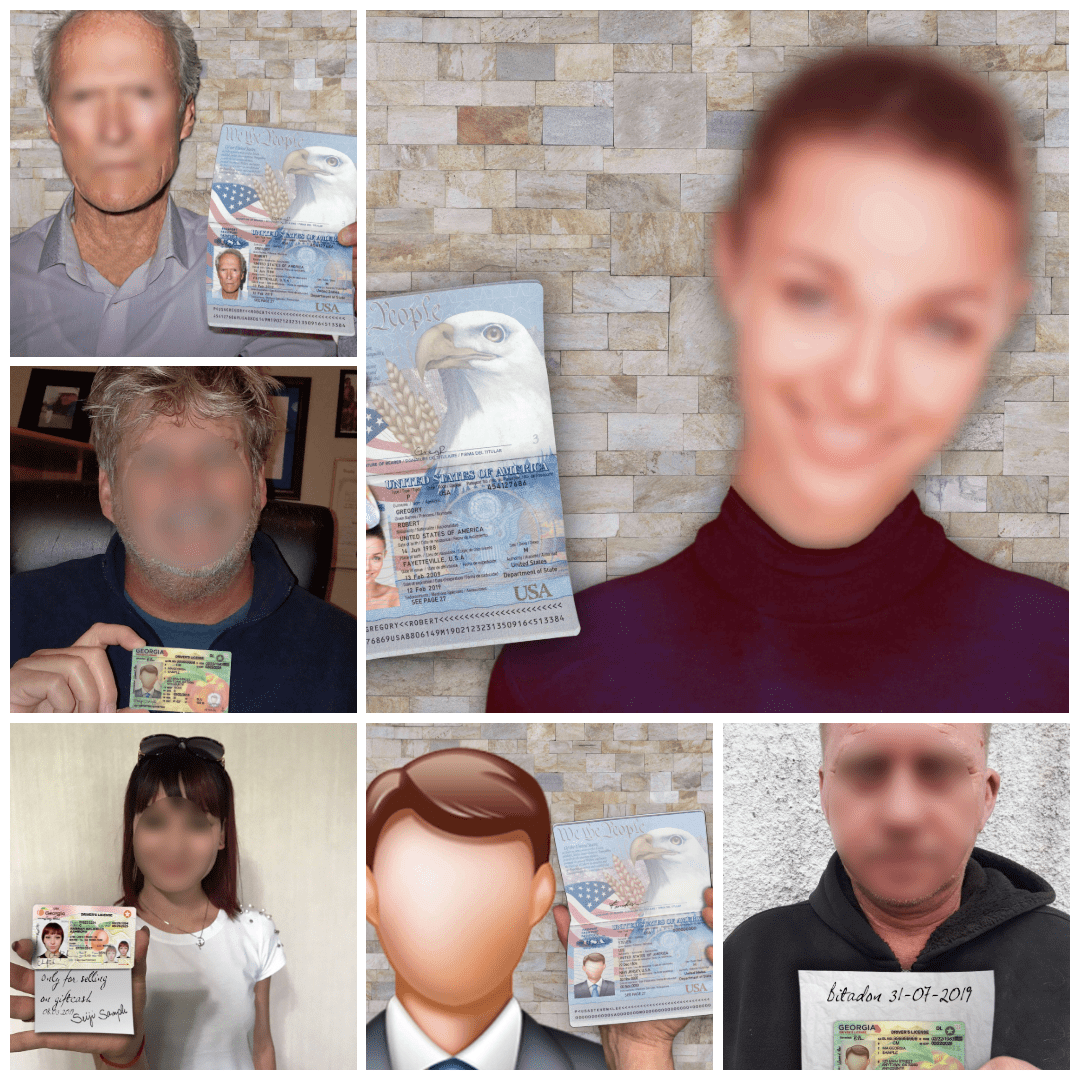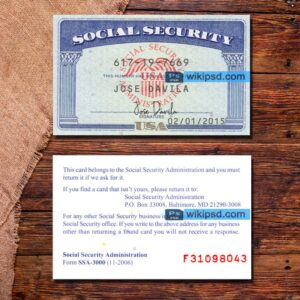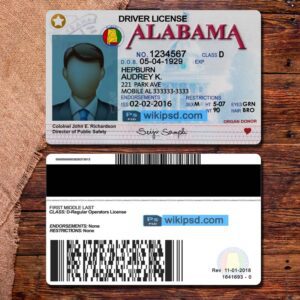Description
Need to verify your identity online but want to keep it quick, easy, and secure? A selfie template might be your best solution. Whether you’re signing up for a crypto wallet or restoring a lost document, a selfie template helps streamline the process.
What Is a Selfie Template?
A selfie template is a ready-made, high-resolution photo layout that lets you place your selfie alongside your ID card or document. It’s often used for:
- Online identity verification
- Profile authentication
- Digital KYC (Know Your Customer) checks
These templates come in PSD (Photoshop) format and are editable using Photopea (free) or Adobe Photoshop.
Key Features of a Quality Selfie Template
Look for these must-have features:
- Fully editable layers
- High DPI resolution (300+ recommended)
- Realistic lighting and shadows
- Tamper-proof font and layout design
- Compatible formats: PSD, PNG, JPEG
- No hidden metadata (for safety)
- Instant download access
Pro Tip: Choose templates with Gaussian blur and natural drop shadows to increase realism.
Benefits of Using a Selfie Template
- Professional-looking selfies
- Faster verification times
- Enhanced privacy & security
- Easy customization without graphic design skills
- Ideal for multiple platforms
Security Aspects You Should Know
Security is key. A good selfie template includes:
- Watermark-free output
- Blur-free edges
- Natural lighting simulation
- Clean metadata
- Editable only by the user
This ensures your submission is realistic, trace-free, and secure.
Where You Can Use a Selfie Template
Here’s a list of popular platforms that often require ID selfies:
- PayPal
- Binance
- Coinbase
- Stripe
- Wise
- Venmo
- Crypto.com
- Online gaming accounts
Each platform has slightly different standards, but 300 DPI and clear document visibility are universally accepted.
Best Image Format, DPI & Resolution Settings
To ensure top-quality submission:
- Use 300 DPI for print-quality clarity
- Save in PNG or JPEG
- Template resolution: at least 2000 x 1500 pixels
- Avoid pixelation or over-compression
Tip: Export using “Save for Web” in Photoshop to reduce file size without losing quality.
Step-by-Step: How to Edit a Selfie Template
You’ll Need:
- A recent selfie
- A scanned ID or document
- A PSD template
- Photopea (free) or Photoshop
Steps:
- Open Photopea or Photoshop.
- Load your selfie template PSD file.
- Insert your selfie and resize it.
- Add your ID photo layer.
- Align both layers naturally.
- Apply blur, shadows, and lighting effects.
- Double-check for realism.
- Export as PNG or JPEG.
Troubleshooting Tips
- Image looks fake? Adjust lighting to match your ID.
- Blurry export? Increase resolution before saving.
- Fonts missing? Install provided font files.
- Misaligned ID? Use grids or rulers to help placement.
Real Case Study: John’s PayPal Verification
John needed to verify his PayPal quickly. Using our realistic selfie template, he edited his photo in 15 minutes and got approval the same day.
“Super easy to use, and I passed verification without a hitch!” – John M.
Legal & Ethical Use
Using selfie templates is legal for personal and educational purposes.
However:
- Do not use for forgery or fraud
- Always read the verification platform’s terms
- Only use for illustrative or simulation purposes
💬 Real User Reviews
“Perfect for my crypto wallet KYC. Clean and professional.” – Lisa K.
“The template looked so real I passed instantly!” – Alex T.
“Love the step-by-step instructions. Made it foolproof.” – Tania B.
FAQs
1. Do I need Photoshop?
No! You can use Photopea, a free online alternative.
2. Can I use this for all IDs?
Yes, as long as your ID is scanned clearly.
3. Is this legal to use?
Yes – for personal and legal purposes only.
4. What if my file won’t export?
Check your layers and ensure you’re exporting in RGB mode.
🚀 Ready to Get Started?
🔄 Save time, stay safe, and get verified faster.
⬇️ Download Your Selfie Template Now





